
Laocoon Reduction Sculpture for Sale, Item 824 Caproni Collection
When Laocoön and His Sons (also called the Laocoön Group) was unearthed in 1506, Michelangelo was one of the first people on the scene. You may remember Michelangelo for his work on the Sistine Chapel, the David, or maybe even La Pietà in St. Peter's Basilica.

Lot Detail 18th/19th C. Italian Bronze Laocoon Group Statue
Name: Laocoon Statue Group Museum: Vatican Museums Inventory number: 1059 (statue group), 1064 ("Pollak" right arm of the father) Dimensions: ht: 208 cm, width: 163 cm; depth: 112 cm Instrument: Breuckmann smartScan (structured light scanner, resolution 0.2 to 0.5 mm) Date of scan: November 2008 Date of enhancement with textures: July 2023.

The famous Laocoon and his Sons was discovered near Nero’s Golden House
The sculptural group known today as the Laocoön or Laocoön and his Sons has been both one of the most influential ancient artworks in the history of art and one of the most fiercely debated.

GROUPE EN BRONZE REPRESENTANT LE LAOCOON D'APRES L'ANTIQUE, FRANCE
Sadly, the fabled Laocoön (also called Laocoön and His Sons) hadn't fully survived the test of time: It was missing the priest's right arm, among other pieces. Respected artists of the day.

The Laocoon group. Marble. 1st century CE. Inv. No. 1059. Rome, Vatican
19 reviews. 90 Carlton Street, Performing and Visual Arts Complex, University of Georgia, Athens, GA 30602. (706) 542-4662. E-mail. View Website. Founded in 1945, the Georgia Museum of Art at the University of Georgia houses a permanent collection of more than 18,000 works of art as well as 20 to 25 temporary exhibitions a year.

FileLaocoon Group, plaster cast of 1st century Roman marble copy in
The sculpture group of Laocoön and His Sons, on display in the Vatican since its rediscovery in 1506 CE, depicts the suffering of the Trojan prince and priest Laocoön (brother of Anchises) and his young sons Antiphantes and Thymbraeus and is one of the most famous and fascinating statues of antiquity.
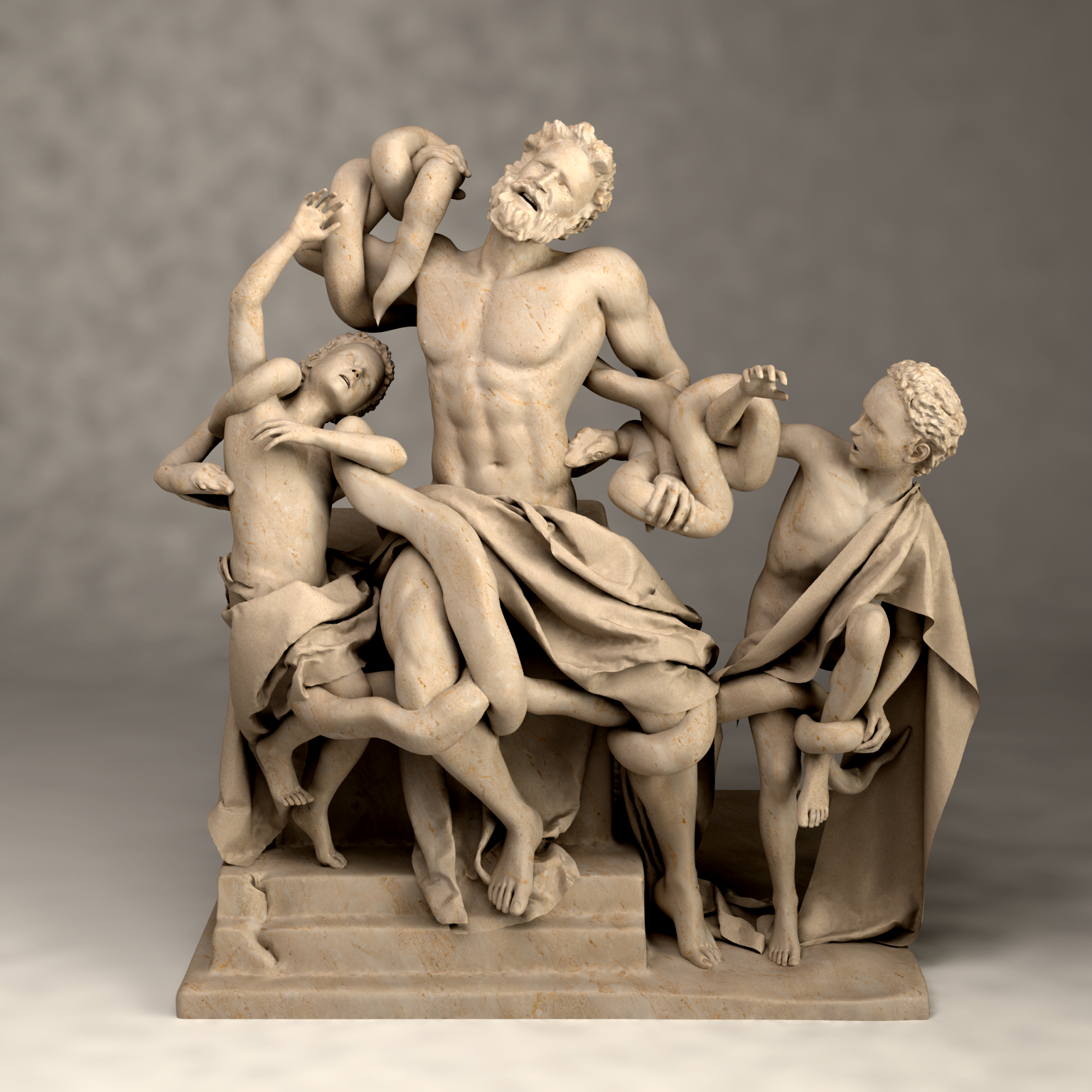
The statue of Laocoon and His Sons by vikastri on DeviantArt
The Laocoön group, a famous sculpture of the Trojan priest and his two sons struggling with a huge serpent, probably made by Rhodian artists in the 1st century ce but derived from examples of suffering figures carved in the 1st century bce, is a good example… Read More inspiration for Winckelmann and Lessing
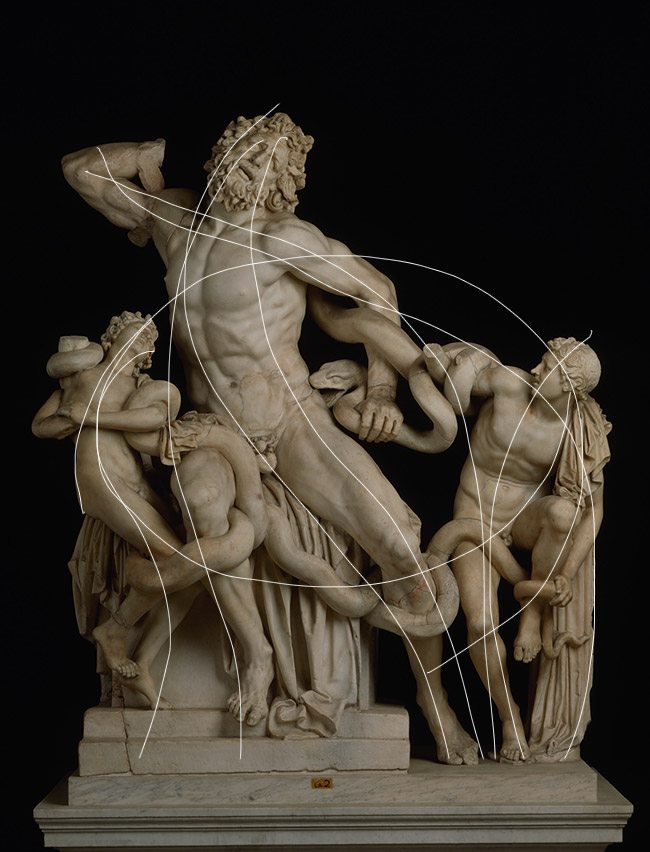
Laocoon ANALYZED SCULPTURE [Top 9 Techniques] IPOX studios & Canon
January 13 or 14, 1506: The "Laocoon" statue group was found on the Oppian Hill, under the remains of the Baths of Titus at a site called "Le Capoccie," in a vineyard on the Esquiline worked by a certain Felice de' Freddis. It was found "sotto terra circa braccia 6" ( Buranelli, 129 [nr. 16]).

Grupo De Laocoon En El Museo De Vatican Foto de archivo editorial
published on 01 February 2020 Download Full Size Image Plaster copy of the Laocoön group. Allard Pierson, University of Amsterdam, (APM 16.097). The sculpture was shown in this way for four centuries. Laocoön's outstretched arm, the arm of the younger son and parts of the snake are early-modern restorations.
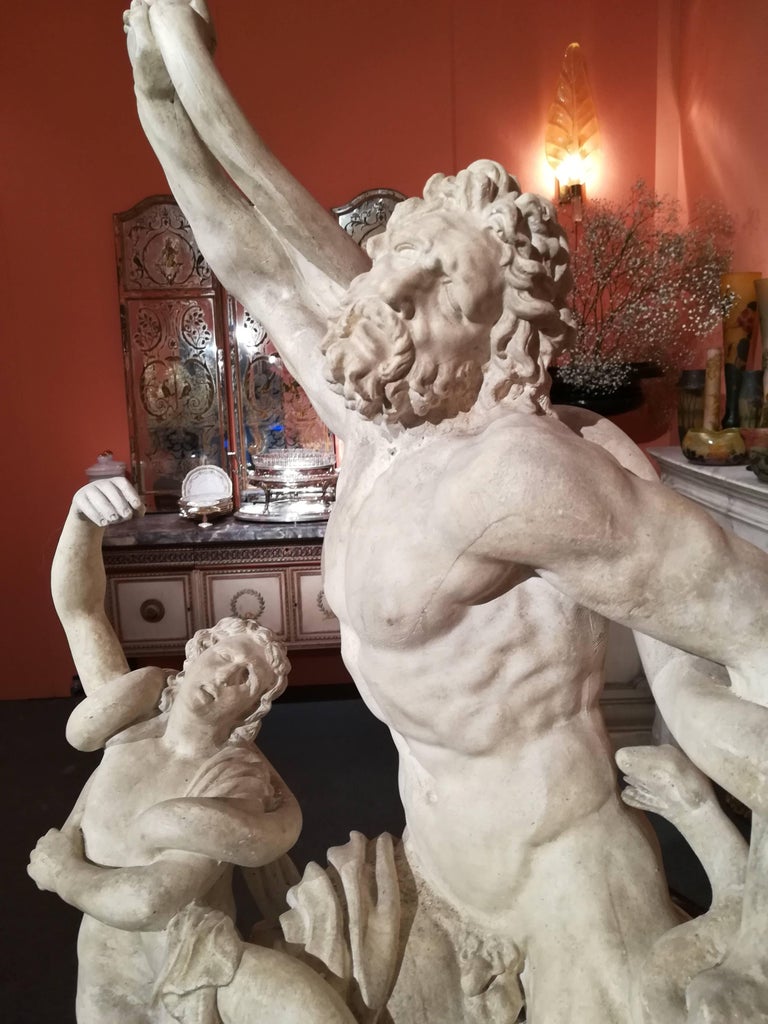
19th Century, Sculpture Plaster Reproduction of the Greek Antique
Laocoön and His Sons is a marble sculpture from the Hellenistic Period (323 BCE - 31 CE). Following its discovery in a Roman vineyard in 1506, it was placed in the Vatican, where it remains today. In true Hellenistic fashion, Laocoön and His Sons showcases an interest in the realistic depiction of movement.
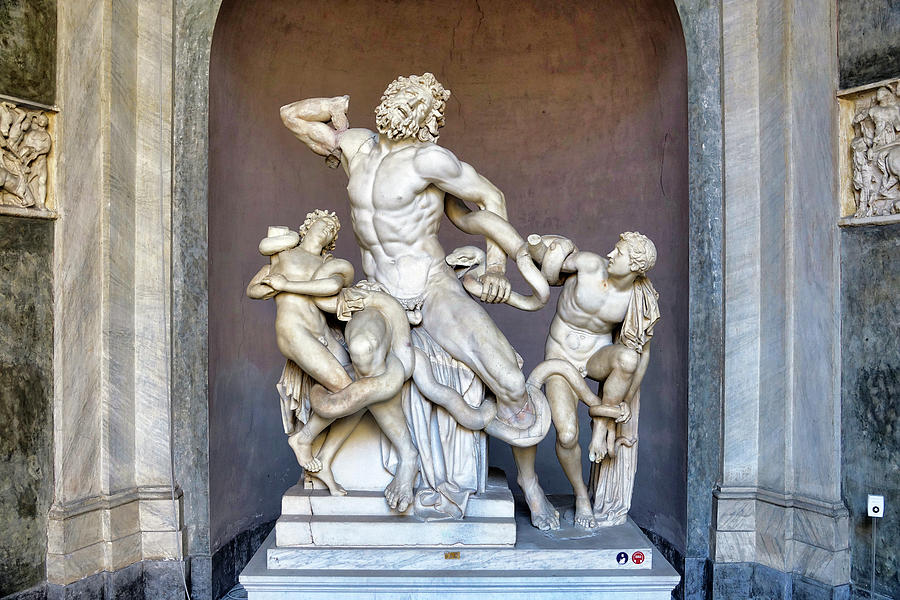
The Statue Of Laocoon And His Sons At The Vatican Museum Photograph by
The statue of Laocoön and His Sons, also called the Laocoön Group ( Italian Gruppo del Laocoonte ), has been one of the most famous ancient sculptures since it was excavated in Rome in 1506 and put on public display in the Vatican Museums, [2] where it remains today.

Vatican Museum, Laocoon group a photo on Flickriver
Laocoon and His Sons, or the Laocoön Group, is a monumental statue that was supposedly created in Greece in the Hellenistic Period. The author remains unknown; however, the sculpture represents the finest piece of the Hellenistic Baroque. It is made of white marble and has a height of approximately 213 cm.

The Statue of Laocoon and His Sons A Marble Masterpiece found in 1506
Octagonal Court Laocoön This statue group was found in 1506 on the Esquiline Hill in Rome and immediately identified as the Laocoön described by Pliny the Elder as a masterpiece of the sculptors of Rhodes.
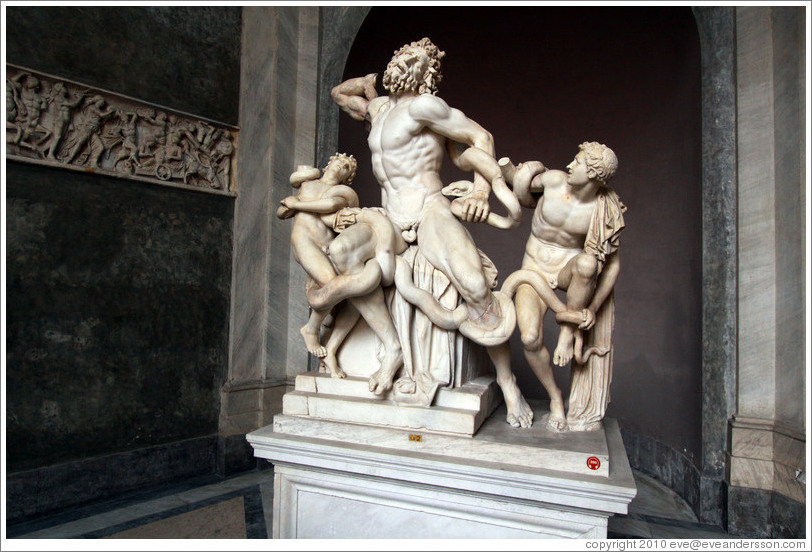
The Laoco?n Group, 1st century AD, marble, Octagonal Court, Vatican
The monumental Laocoon Group, also called Laocoon and His Sons, by Baccio Bandinelli (Firenze 1493-1560) - from the Hellenistic original brought to light in Rome on 14 January, 1506.. At Pope Leo X's death the commission was suspended, and the sculpture resumed his work in 1523 after Giulio de'Medici was elected as pope Clement VII. In.
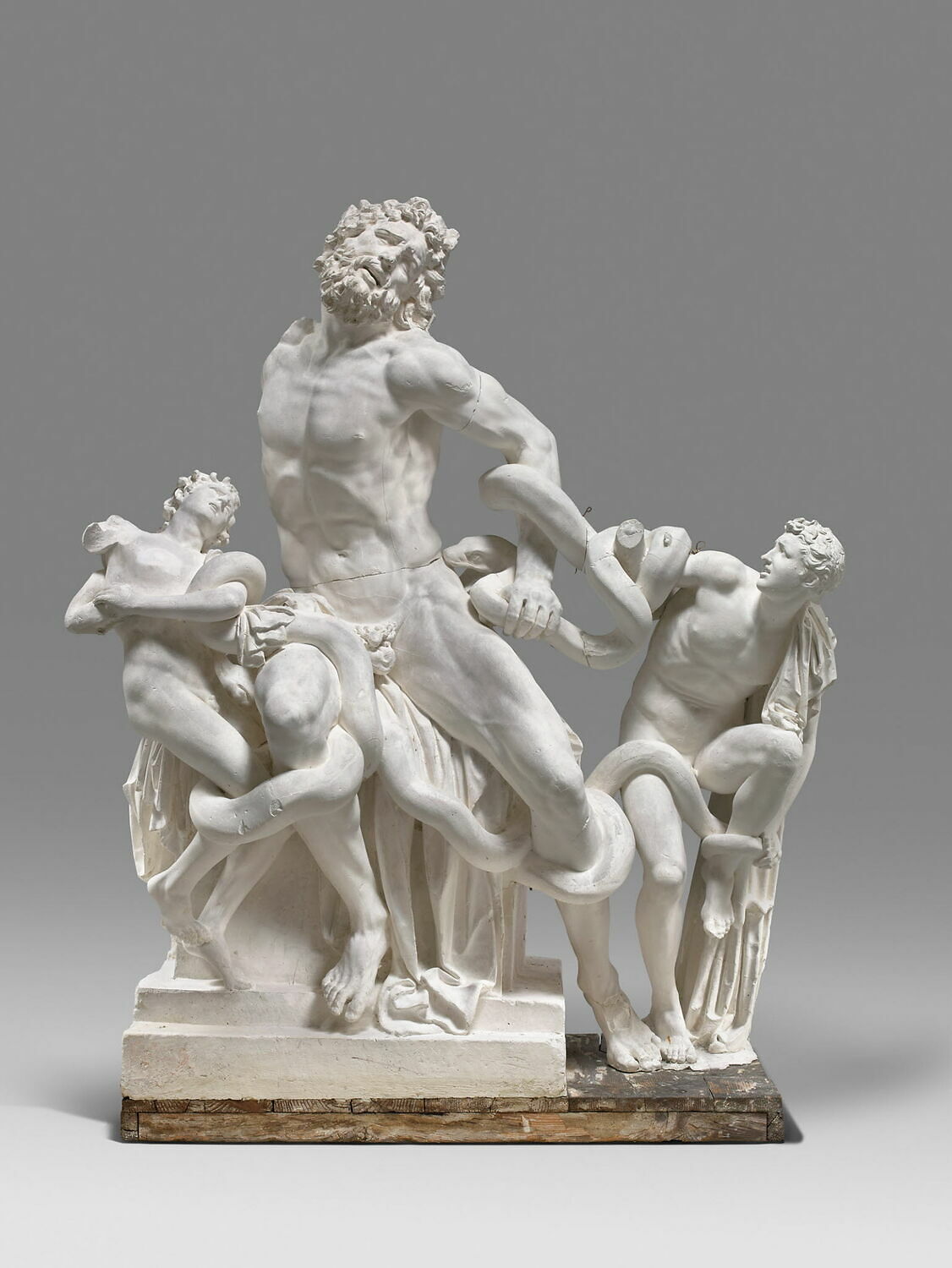
Tirage du groupe de Laocoon Louvre Collections
Laocoön. Laocoön, marble sculpture attributed to Agesander, Athenodorus, and Polydorus of Rhodes (or perhaps a Roman copy), 2nd century bce-1st century ce; in the Vatican Museums, Vatican City. (more) Laocoön, in Greek legend, a seer and a priest of the god Apollo; he was the son of Agenor of Troy or, according to some, the brother of.
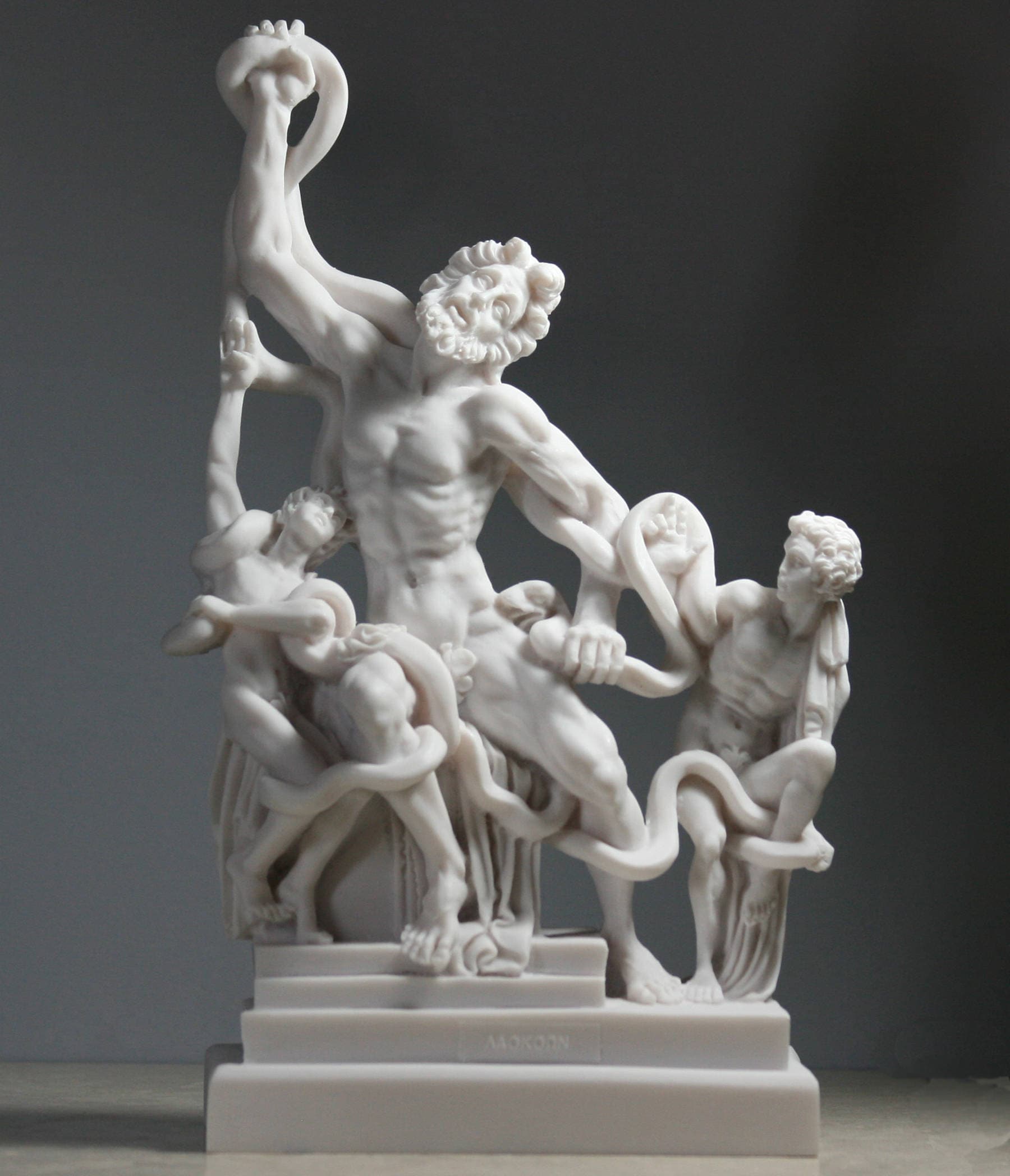
Laocoön and His Sons Group Serpents Museum Cast Marble Statue Etsy
Learn about how the Laocoön Group was discovered in Rome during the Renaissance. Updated: 01/12/2023 The Laocoön and His Sons Sculpture Laocoön and His Sons is the title of a famous sculpture.